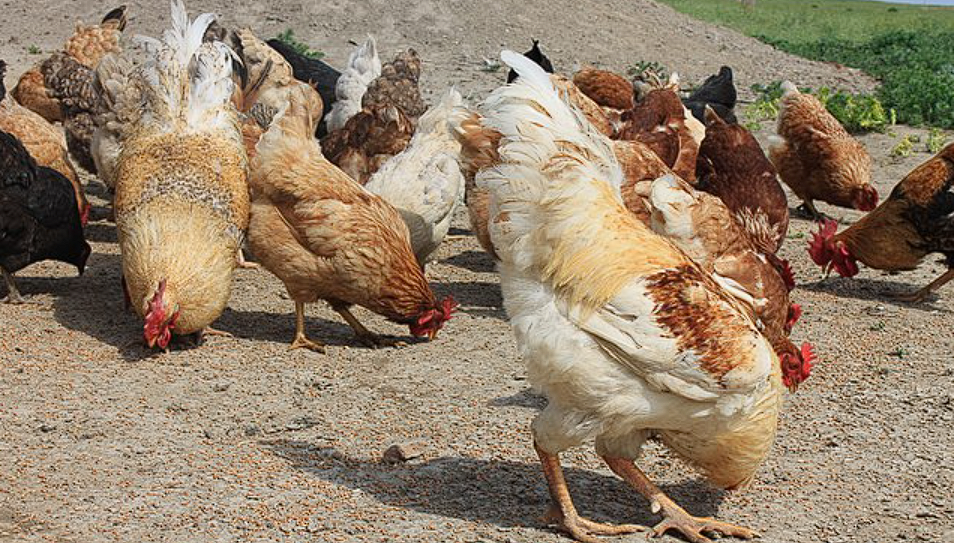The Missouri health department is actively investigating the case.
Others are reading now
The Centers for Disease Control and Prevention (CDC) has reported the first human case of avian influenza (H5) in the United States this year, where the individual did not have known exposure to infected animals.
First Reported
This case, involving a patient from Missouri, marks the 14th confirmed human case of H5 avian flu in the U.S. in 2024, according to The Independent.
Significantly, the patient has no recorded contact with infected animals, which is typically how avian flu spreads. The Missouri Department of Health and Senior Services reassured the public that the risk of sustained transmission remains low.
“This is particularly noteworthy,” the department stated, “as it is the first reported H5 case without occupational exposure to sick or infected animals.”
Also read
While H5 outbreaks have been documented among commercial and backyard birds in Missouri this year, there have been no reported outbreaks in livestock, according to Digi24.
The CDC confirmed that H5N1 has previously been detected in wild birds in the state. Furthermore, health authorities have not found any ongoing transmission among the patient’s close contacts.
How Did it Happen?
The Missouri health department is actively investigating the case, highlighting the need for a thorough examination due to the lack of obvious exposure to animals.
“The question now is: how did this patient acquire the infection? We need a very detailed investigation,” Dr. William Schaffner, an infectious disease expert at Vanderbilt University Medical Center, told NBC News.
H5 is primarily found in wild birds and poultry, but it has also recently been detected in cattle and other animals. It can occasionally infect humans through close contact with infected animals or contaminated environments.
This case represents a shift in monitoring strategies, as it is the first detection of H5 as part of general flu surveillance rather than targeted monitoring for specific outbreaks.


